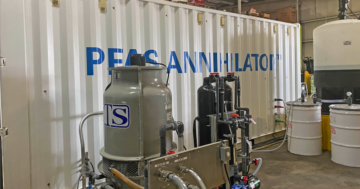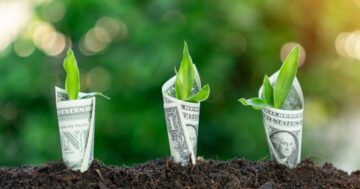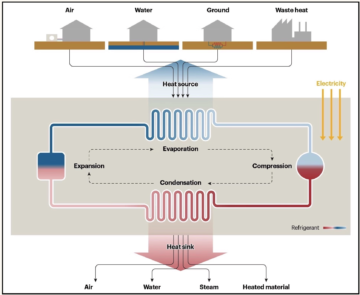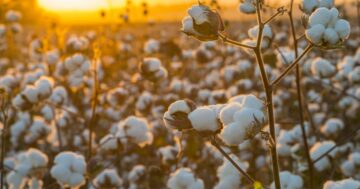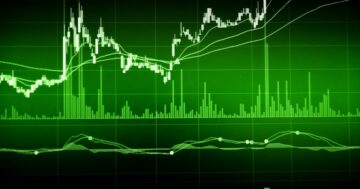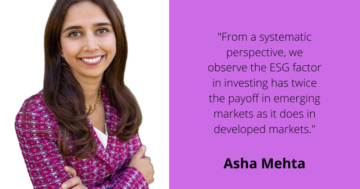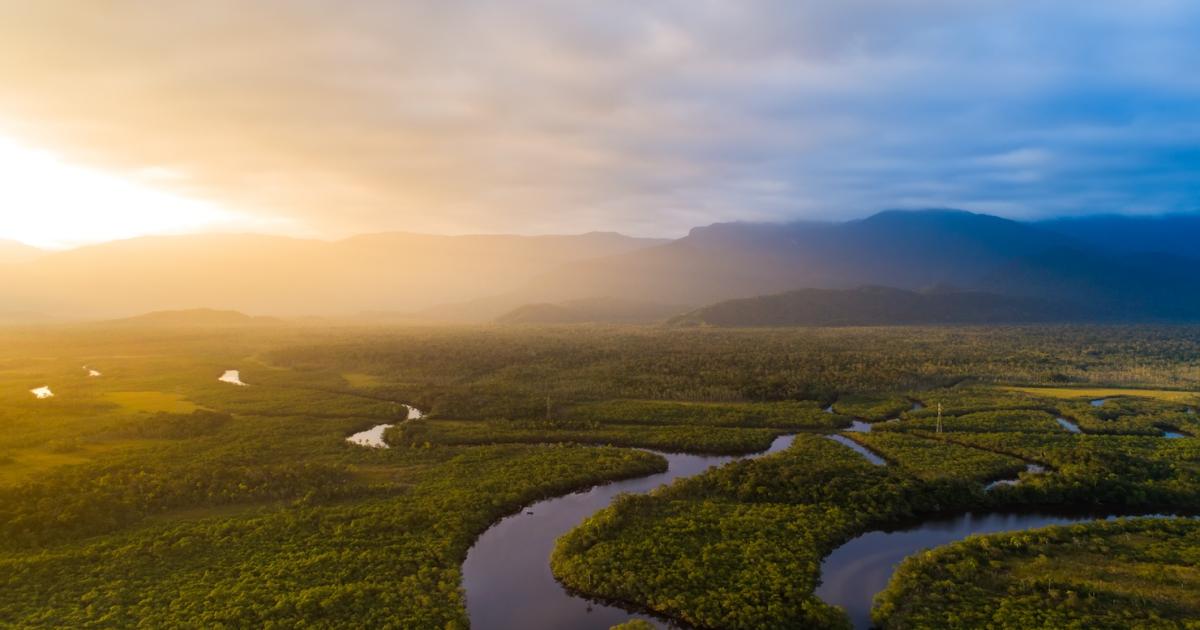
Aligning their sourcing practices with the European Union’s new Regulation on Deforestation-free products (also known as EUDR) is top of mind for companies importing and selling cattle, cocoa, coffee, palm oil, rubber, soy or wood into the European market. Despite much discussion about the regulation, misunderstandings linger.
In a recent Innovation Forum webinar, Emanuele Pitto, international relations officer at the European Commission’s DG Environment, offered necessary clarifications and context. Here’s what you need to know.
When do companies need to start complying with the regulation?
EUDR went into effect in June, but it allows companies and commodity traders 18 months to comply with the new rules. This means that European authorities will not start enforcement until Jan. 1, 2025.
Products that have entered the European market before that date but will be used afterward do not need to be EUDR-compliant. For example, if a farmer has purchased soy-based cattle feed in 2024 and gives it to her cows in 2025, she doesn’t need to follow the new regulations and provide a due diligence statement.
What counts as deforestation and how will it be verified?
Article 2 of the regulation provides the following definitions:
- Deforestation: The clearing of forests, human-induced or not, and conversion to agricultural use.
- Forest: Land spanning more than 1.2 acres with trees higher than 16.5 feet and a canopy cover of more than 10 percent.
Pitto clarified that any amount of encroachment on a forest would count as deforestation, excluding the option of slowly converting small patches of forest into crop or pastureland. According to the regulation’s FAQ, farmers are also not allowed to produce on land that has been naturally deforested, for example, due to a wildfire. Instead of using such land for agricultural purposes, local communities should allow the forest to regenerate.
The EU will use Dec. 31, 2020, as the cutoff date for legal deforestation. This means any products grown on land converted since the beginning of 2021 will no longer be allowed into the European market as of 2025. The EU observatory on deforestation and forest degradation will provide forest cover maps for the cut-off date that companies can reference in their risk assessments, but companies can also draw on their own maps and verification tools.
Do companies need to provide land titles for all their suppliers?
The issue of land titles is widely misunderstood. Many smallholders in countries such as Indonesia, Ivory Coast and Peru can’t prove legal ownership of their farms, and companies feel that assisting all their suppliers in obtaining land titles is an impossible task.
This is a common misunderstanding, said Pitto. The FAQ specifies that farmers only need to have land titles when national laws require them. The other case relevant to land titles Pitto referred to is in locations with a high risk of land grabbing. In those situations, companies would be required to “carry out due diligence to obtain information that the product is actually legal.”
Under most circumstances, the more important issue will be for companies to provide the correct geolocation of the plots of land they are sourcing from.
Is there a certification companies can use to comply with EUDR automatically?
Companies are also wondering whether their existing sustainability certifications will count as an EUDR “green light.” But that won’t be the case. Pitto explained that companies can’t use any public or private certification schemes to meet due diligence requirements.
But companies working with certifications may still have advantages. Certified supply chains tend to be more organized and have increased levels of transparency and traceability, which will give companies a head start on EUDR due diligence and data requirements.
Will smallholders be disadvantaged as a result of the regulation?
The question of how to enable smallholders to become part of sustainable, verifiable supply chains is one of the trickiest ones — and companies are overwhelmed by the task of identifying thousands of suppliers from around the world by the end of this year.
This could lead to two outcomes. Either companies will stop sourcing from small farmers in 2025 — which is already happening in Ethiopia. Or they will continue working with them but only sell smallholder products outside of the EU and channel the commodities they can trace more easily to Europe.
While this is a challenging situation, Pitto also said that some smallholders perceive the regulation as a valuable opportunity because increased transparency “would allow them to cut out a lot of middlemen and likely get a fairer income for their products.”
Despite these challenges, EUDR represents a huge step forward since forest loss hasn’t been halted or reversed due to voluntary industry commitments, said Pitto. “It proves that it is really necessary to work on the demand side. From voluntary commitments and the supply side only, it’s hard to get a lot of traction.”
- SEO Powered Content & PR Distribution. Get Amplified Today.
- PlatoData.Network Vertical Generative Ai. Empower Yourself. Access Here.
- PlatoAiStream. Web3 Intelligence. Knowledge Amplified. Access Here.
- PlatoESG. Carbon, CleanTech, Energy, Environment, Solar, Waste Management. Access Here.
- PlatoHealth. Biotech and Clinical Trials Intelligence. Access Here.
- Source: https://www.greenbiz.com/article/5-common-misunderstandings-about-eus-deforestation-policy-clarified
- :has
- :is
- :not
- 1
- 10
- 16
- 2%
- 2020
- 2021
- 2024
- 2025
- 31
- 5
- a
- About
- According
- acres
- actually
- advantages
- Agricultural
- All
- allow
- allowed
- allows
- also
- amount
- an
- and
- any
- ARE
- around
- AS
- assessments
- assisting
- At
- Authorities
- automatically
- BE
- because
- become
- been
- before
- Beginning
- but
- by
- CAN
- Canopy
- carry
- case
- cattle
- Certification
- certifications
- Certified
- chains
- challenges
- challenging
- Channel
- circumstances
- clarified
- Clearing
- CO
- Coast
- Coffee
- commitments
- Commodities
- commodity
- Common
- Communities
- Companies
- comply
- complying
- context
- continue
- Conversion
- converted
- converting
- correct
- could
- count
- countries
- counts
- cover
- crop
- Cut
- data
- Date
- definitions
- deforestation
- Demand
- Despite
- diligence
- discussion
- do
- Doesn’t
- draw
- due
- easily
- EC
- either
- enable
- end
- enforcement
- entered
- Environment
- Ether (ETH)
- EU
- Europa
- Europe
- European
- example
- excluding
- existing
- explained
- fairer
- FAQ
- farmers
- Farms
- feel
- Feet
- follow
- following
- For
- forest
- Forum
- Forward
- from
- get
- Give
- gives
- Green
- green light
- grown
- Happening
- Hard
- Have
- head
- her
- High
- higher
- How
- How To
- HTTPS
- huge
- identifying
- if
- important
- importing
- impossible
- in
- Income
- increased
- Indonesia
- industry
- information
- instead
- International
- into
- issue
- IT
- Jan
- jpg
- june
- Know
- known
- Land
- Laws
- lead
- Legal
- levels
- light
- likely
- local
- locations
- longer
- loss
- Lot
- many
- Maps
- Market
- May..
- means
- Meet
- middlemen
- mind
- misunderstanding
- months
- more
- most
- much
- National
- naturally
- necessary
- Need
- New
- no
- observatory
- obtain
- obtaining
- of
- offered
- Officer
- Oil
- on
- ONE
- ones
- only
- Opportunity
- Option
- or
- Organized
- Other
- out
- outcomes
- outside
- overwhelmed
- own
- ownership
- palm
- part
- Patches
- percent
- peru
- plato
- Plato Data Intelligence
- PlatoData
- policy
- practices
- private
- produce
- Product
- Products
- Prove
- proves
- provide
- provides
- public
- purchased
- purposes
- question
- really
- recent
- reference
- referred
- Regulation
- regulations
- relations
- relevant
- represents
- require
- required
- Requirements
- result
- Reuters
- Risk
- rubber
- rules
- Said
- schemes
- sell
- Selling
- she
- should
- side
- since
- situation
- situations
- Slowly
- small
- some
- Sourcing
- spanning
- start
- Statement
- Step
- Still
- Stop
- such
- suppliers
- supply
- Supply chains
- Sustainability
- sustainable
- Task
- tend
- than
- that
- The
- the world
- their
- Them
- There.
- These
- they
- this
- this year
- those
- thousands
- titles
- to
- tools
- top
- trace
- Traceability
- traction
- Traders
- Transparency
- Trees
- two
- until
- use
- used
- using
- Valuable
- verifiable
- Verification
- verified
- voluntary
- What
- when
- whether
- which
- widely
- will
- with
- wondering
- wood
- Work
- working
- world
- would
- year
- you
- zephyrnet

